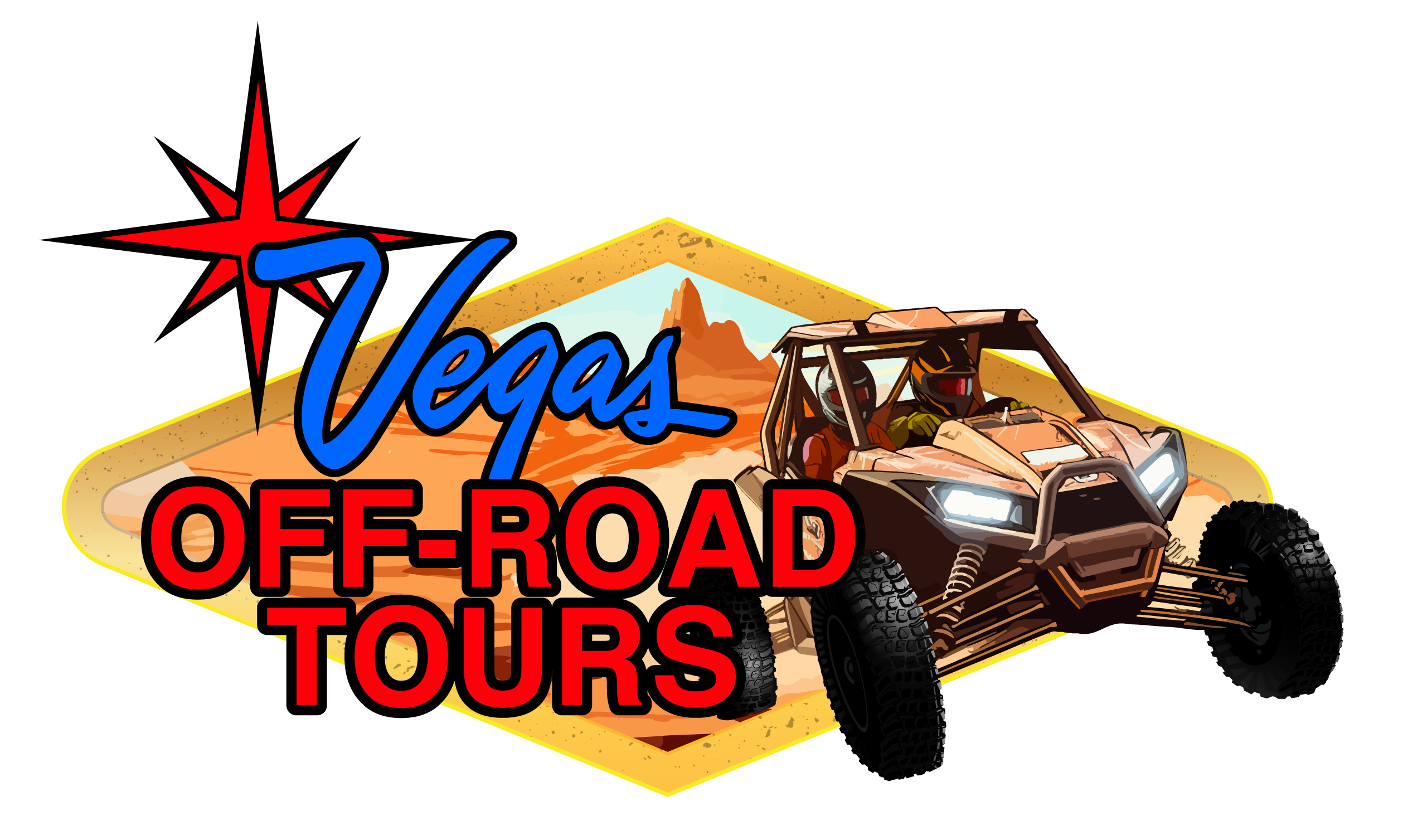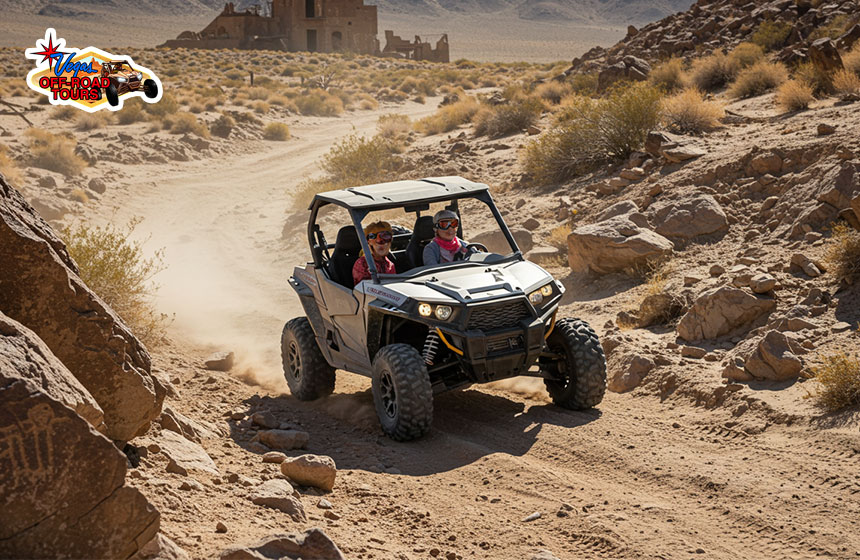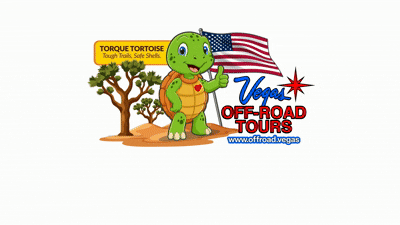From Silver Mines to Petroglyphs: Off-Roading Through Mojave’s Rugged and Watery Past
The Mojave Desert is more than just dry stretches of sand. It’s a rugged and fascinating place filled with forgotten silver mines, ancient petroglyphs, off-road trails, and a surprising connection to water. Long ago, this land looked very different shaped by flowing rivers, scattered lakes, and thriving life. Today, those stories live on through abandoned mining sites and detailed rock carvings etched into canyon walls. Off-roading through the Mojave takes you straight into this wild history, where you can explore everything from Mojave Desert mines & Mojave desert petroglyphs to hidden springs and rocky paths that lead deep into the past.
The Mojave’s Silver State Mining Legacy
In the 1800s, the Mojave Desert was alive with activity. Prospectors, miners, and settlers flooded the region in search of silver, gold, and other minerals. Nevada quickly earned its title as the “Silver State,” and nearby desert lands became an important part of that mining boom.
The remains of this era are still visible today:
- Abandoned mining towns
- Rusty machinery and collapsed cabins
- Old mine shafts tucked into desert hills
- Rock tailings and forgotten trails
These Mojave Desert mines aren’t just crumbling structures—they’re living history. Exploring them offers a firsthand look at the courage, hardship, and grit of the people who once tried to build their lives here. Many of these sites are best accessed by off-road vehicles due to their remote locations. It’s part adventure, part history lesson, and completely unforgettable.
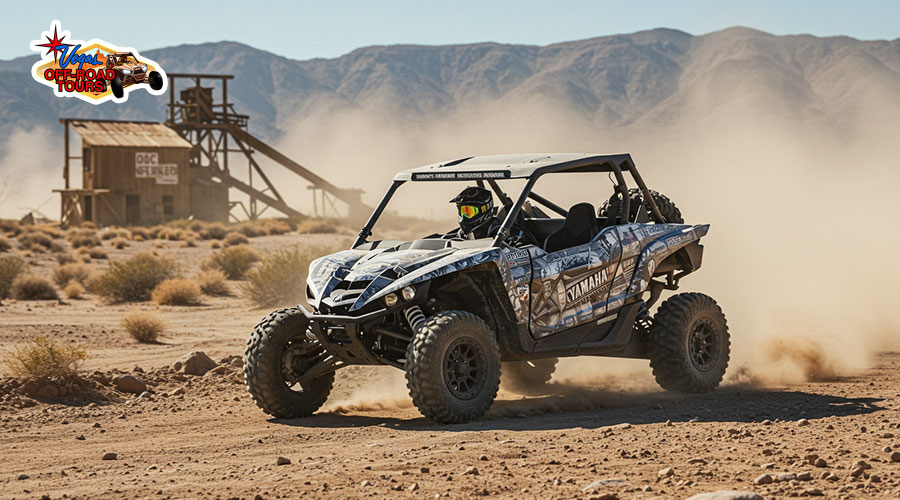
Off-Roading Through the Desert: A Journey Back in Time
Off-roading in the Mojave isn’t just about adrenaline and scenic views. It’s also about access. Many of the desert’s most fascinating places are tucked far away from paved roads and cities. With a well-equipped vehicle and a sense of adventure, you can discover:
- Historic mining sites from the 1800s
- Isolated petroglyph panels hidden in canyons
- Fossil beds and dry lake beds
- Remote springs and water sources that once flowed through the region
Each trail offers something different. Some routes take you to high desert plateaus with sweeping views, while others dip into rugged canyons where petroglyphs and rock shelters still remain untouched. It’s in these backcountry areas that the true spirit of the Mojave reveals itself.
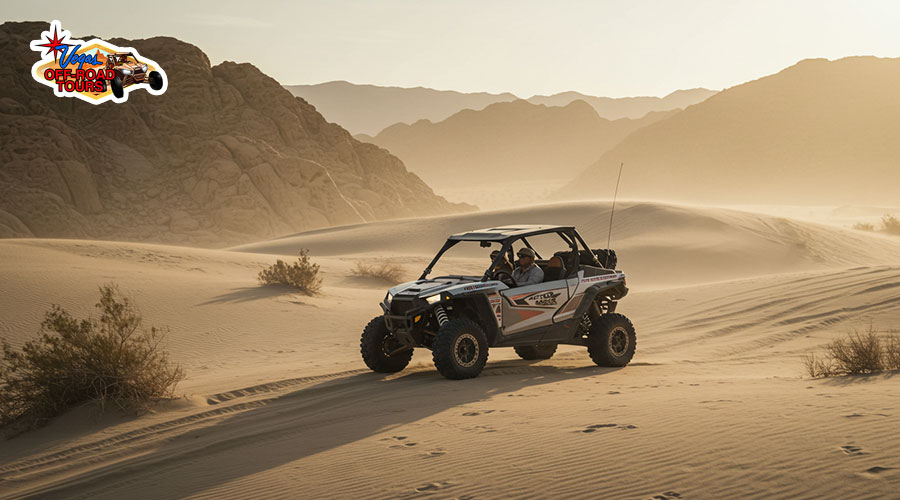
Please, Do Not Touch the Petroglyphs – Help Preserve History
The petroglyphs are not just old objects. They are valuable pieces of history. Touching them, even gently, can leave oils from your hands that slowly damage the surface. It may not seem like a big deal, but it can cause harm over time. Please look, take photos, and enjoy—but do not touch, lean on, or handle them. Help protect these historical treasures for the future.
What Are Petroglyphs?
Petroglyphs are ancient rock carvings made by early people thousands of years ago. They were created by carefully pecking, chiseling, or scratching images into stone surfaces. These carvings often show animals, symbols, people, or scenes from daily life—and they hold deep cultural and spiritual meaning.
Mining History & Discovery of Petroglyphs
Many petroglyphs in this area were discovered near old mining camps and trails in the Mojave Desert. Back in the 1800s and early 1900s, miners came to this harsh land searching for gold, silver, and other valuable minerals. They used basic tools like picks, shovels, and hand-powered carts to dig deep into the earth.
While exploring and working, some miners came across these mysterious carvings on canyon walls and boulders. At first, many didn’t understand what they were. Some thought they were just interesting marks; others knew they were ancient and tried to protect them. These discoveries showed that long before the mining boom, Indigenous people lived, traveled, and told their stories here—etched forever in stone.
Why It Matters Today
These petroglyphs have survived for centuries, through wind, sun, and storms. But human touch can do real damage—fast. Oils from our skin, accidental scratches, or even leaning on the rock can wear away these irreplaceable carvings.
By not touching them, you help preserve a priceless link to the past. These markings are more than just art—they’re part of the Mojave Desert’s deep story and the people who came long before us.
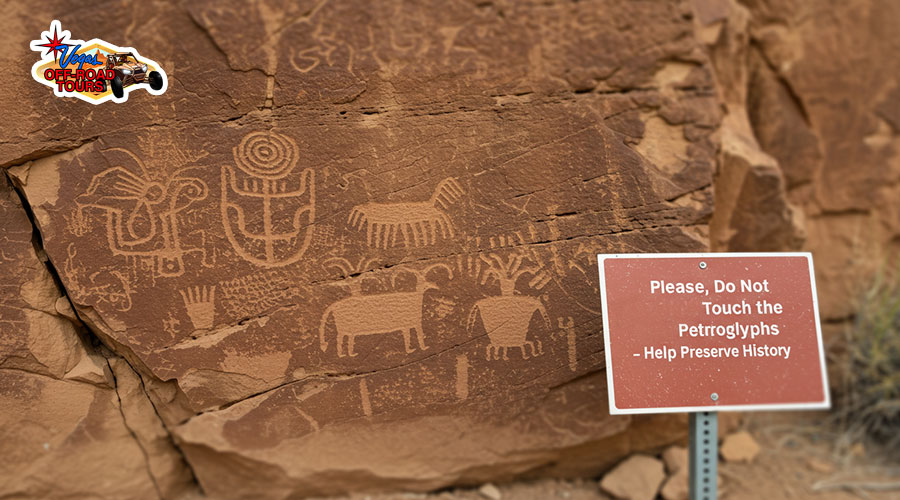
What the Mojave Used to Look Like
Most people think of the Mojave Desert as dry and empty, but thousands of years ago, it was much different. This region once held rivers, lakes, and lush valleys. Fossils and sediment layers still show signs of aquatic life. The name “Mojave” even comes from the Native word Hamakhav, meaning “beside the water.”
As the climate changed over time, water sources dried up, leaving behind salt flats, dry washes, and fossil beds. But evidence of its watery past is still everywhere if you know what to look for. Exploring these features offers a deeper appreciation of how the land has changed and how people adapted to survive here.
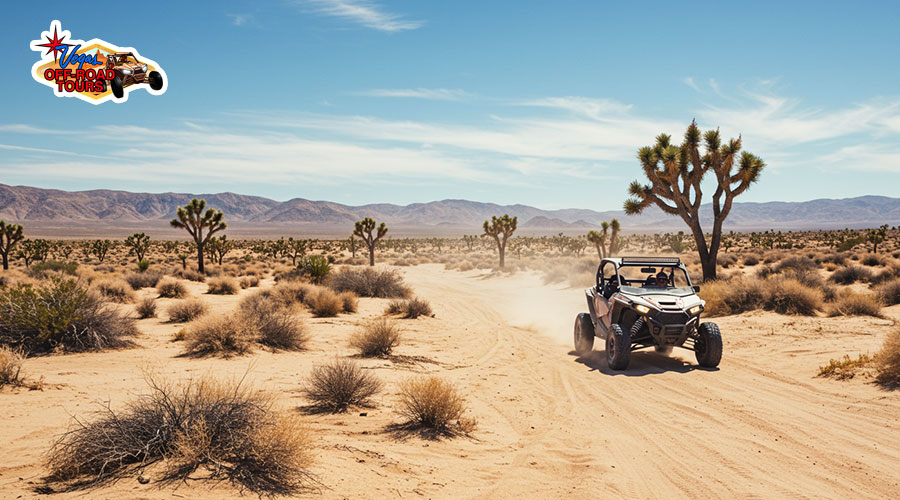
The Story Told in Stone: Mojave Desert Petroglyphs
Before mining came to the Mojave, Native American tribes lived, traveled, and left their mark on the land. One of the most powerful ways they did this was through Mojave desert petroglyphs symbols and figures carved into stone. These carvings, some dating back thousands of years, are found across canyon walls, boulders, and rock shelters.
They often show:
- Human and animal figures
- Geometric patterns
- Symbols believed to relate to water, hunting, and ceremony
- Storytelling scenes or spiritual imagery
These petroglyphs are more than art. They are cultural records left behind by people deeply connected to the land. Seeing them in person, especially in remote desert settings, is both humbling and awe-inspiring. Because many are off the beaten path, visiting them responsibly and with proper guidance is key to preserving them for future generations.
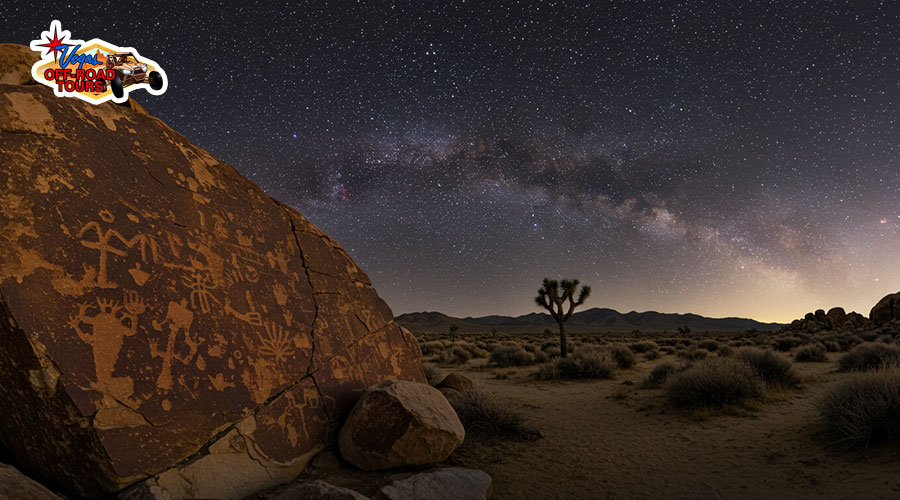
Why Off-Roading is the Best Way to Explore
Some of the most beautiful and historically rich spots in the Mojave are inaccessible by regular vehicles. Off-roading allows you to experience:
- Freedom to explore remote regions
- Access to less-traveled mining ruins
- Hidden petroglyph sites not found on maps
- Rugged scenery untouched by development
If you plan to explore by off-road vehicle, here are a few tips:
- Bring plenty of water and extra fuel
- Use GPS or trail maps, as cell service is limited
- Travel with a buddy or guide, especially on difficult terrain
- Respect the land, and leave no trace behind
- Avoid disturbing historical artifacts or petroglyphs
Off-roading isn’t just about the thrill of the drive. It’s about going where the past still lives and finding pieces of history that most people never see.
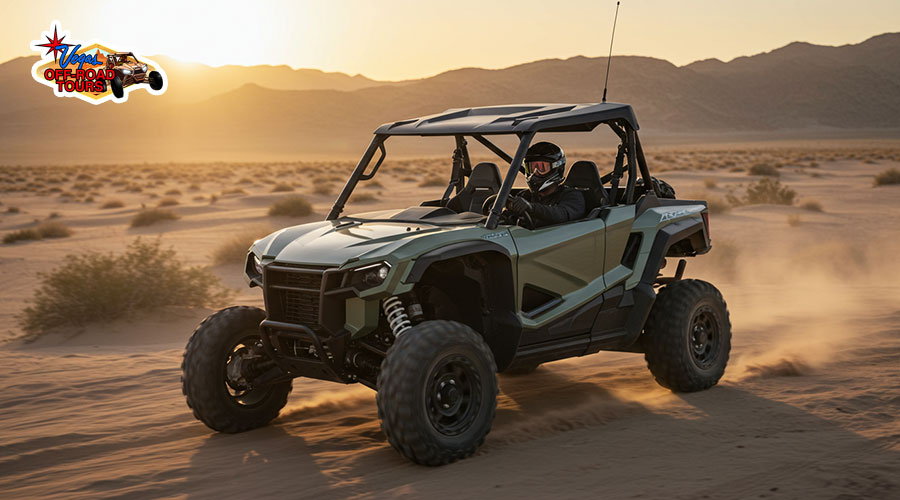
The Connection Between Mines, Petroglyphs, and Water
What do silver mines and rock carvings have in common? More than you might think. Both are tied to the Mojave’s relationship with water.
- Early tribes created petroglyphs near springs, rivers, or seasonal water sources
- Miners relied on water to process ore and survive in harsh desert conditions
- Geology shaped by ancient water flows influenced where valuable minerals formed
They represent different eras of people using the land but both depend on the desert’s most precious resource.
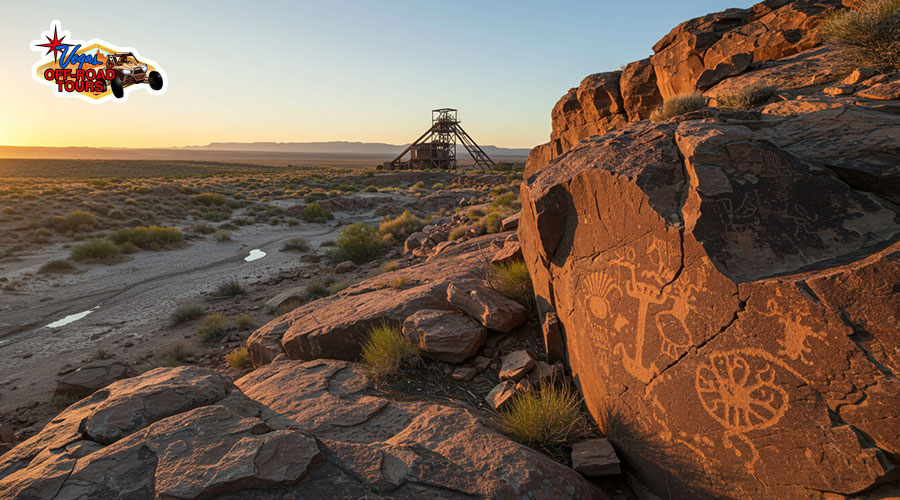
Conclusion
The Mojave Desert holds many secrets, but none more powerful than its stories of survival, creativity, and transformation. From silver mines carved into rocky hillsides to ancient petroglyphs etched in stone, this desert is a place where the past feels close enough to touch.
Off-roading gives modern adventurers the chance to connect with this history in ways that hiking or driving highways simply can’t. You can follow the tracks of miners, walk beside rock art left by Indigenous people, and stand where water once flowed freely.
